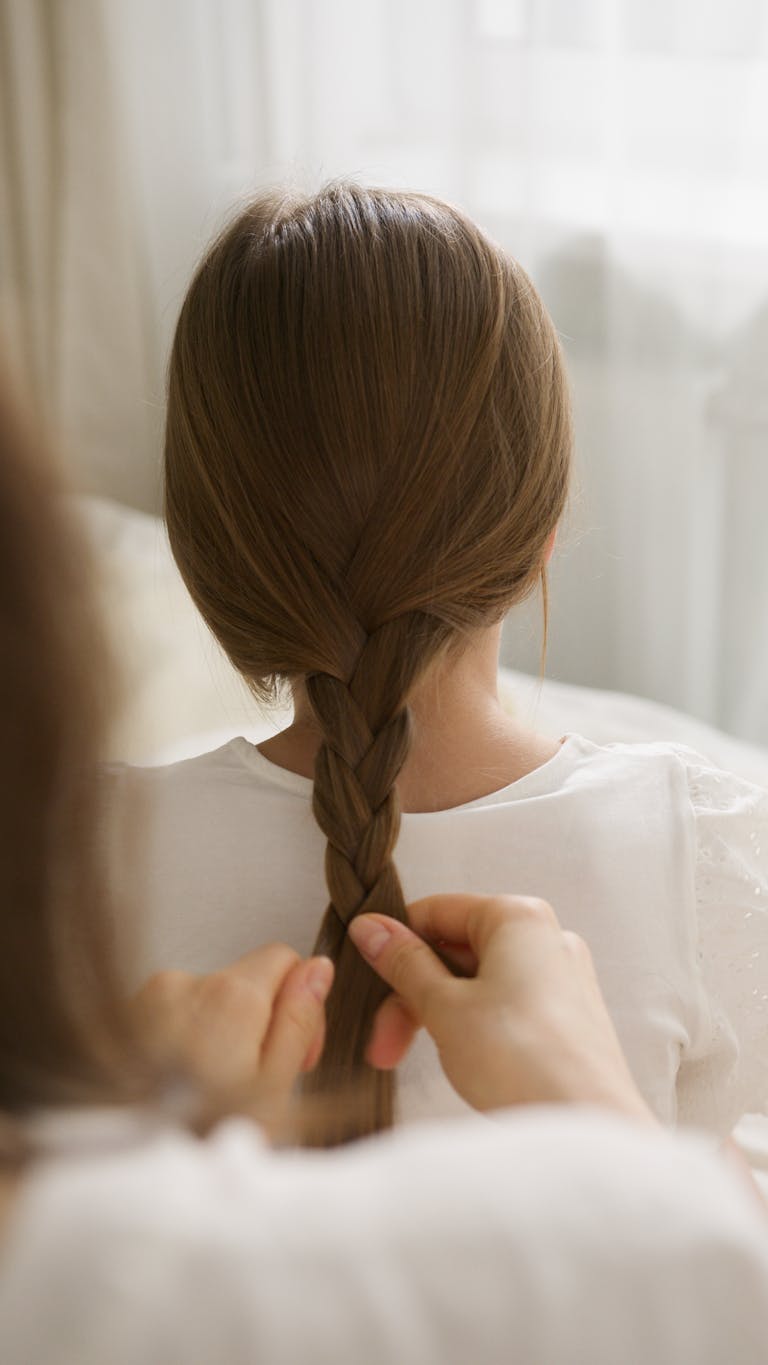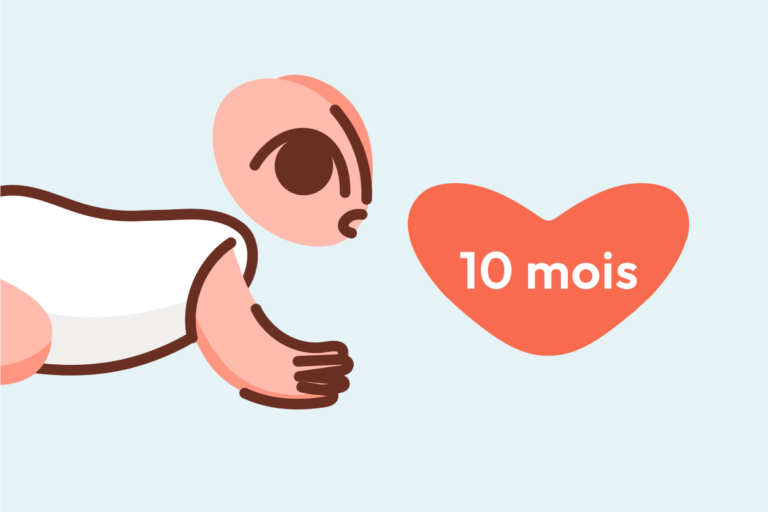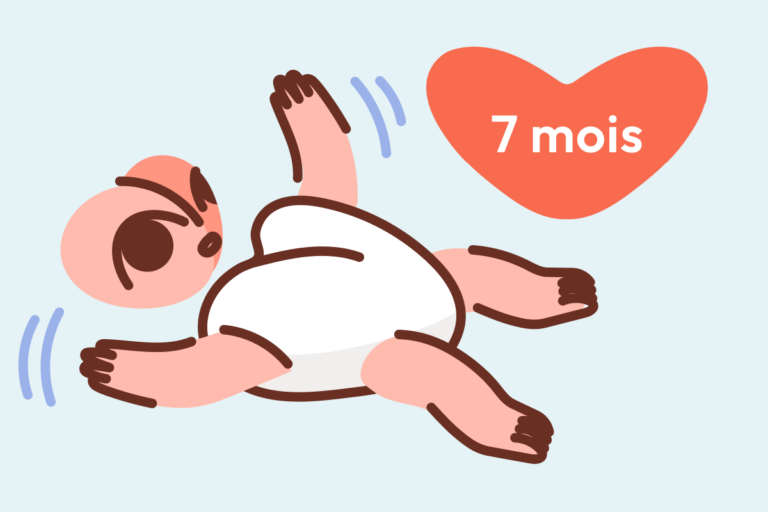From the very first days of life, your baby’s head draws every ounce of your attention. Those soft, almost sponge-like areas—baby fontanelle—might leave you torn between fascination and worry. How fragile is that spot? Is it normal for it to pulse, or sometimes flatten? Should it close sooner, or is it taking too long? Every parent wonders if they’re doing things right. The reality: the baby fontanelle is not a source of endless anxiety, but rather a window into growth, hydration, and brain development. If you’ve ever caught yourself gently running a finger over your baby’s scalp, worrying about the soft spot’s safety, or questioning how to clean or support their tiny head, never fear—practical solutions and trusted science can help. This journey into the baby fontanelle covers what it is, what’s typical (and what’s not), medical explanations, safe daily care, and when it’s time to call in a professional.
Understanding the baby fontanelle: structure, locations, and purpose
What, exactly, is a baby fontanelle? Picture a network of soft, fibrous connective tissue sitting between the bones of your baby’s skull. These unossified areas serve as a shock-absorber and a growth facilitator, not a “weak point,” as many might suspect. There are usually six: the easily palpable anterior fontanelle (front top), the almost hidden posterior fontanelle (back), plus the smaller lateral sphenoidal and mastoid fontanelles on either side.
But why has nature left these gaps? The answer is elegantly simple. The baby fontanelle allows the skull to compress slightly during birth—no small feat for a newborn squeezing through the birth canal. It also grants vital space for the explosive brain and skull growth that unfolds in the first two years. Healthcare providers track these soft spots closely at every check-up, monitoring not just size and closure, but also hydration and intracranial pressure. Have you noticed a gentle pulsing in that area? That’s circulation at work—not a warning sign, but a sign of healthy blood flow.
Anatomy and development: from soft spot to solid skull
Where the fontanelles are, and when they close
- Anterior fontanelle: Diamond-shaped, roughly 0.6–3.6 cm, right at the crown. It’s the last to close, typically between 13 and 24 months (often up to the second year).
- Posterior fontanelle: A subtle triangle at the back, about 1 cm, often fused by 2–3 months.
- Lateral fontanelles (sphenoidal, by the temples; mastoid, behind the ears): smaller, irregular, closing within 6 to 18 months.
The closure timeline isn’t a stopwatch clicking down for every baby. Some fontanelles are naturally smaller or close earlier, especially in full-term or genetically predisposed children. Others persist longer, particularly in preterm infants or those with certain health factors.
What are fontanelles made of and why are they important?
Don’t mistake softness for fragility. The baby fontanelle is covered by a robust membrane—dense, fibrous connective tissue—cushioned by layers of skin and blood vessels. Underneath lies a marvel of biology: a brain growing faster than at any other time in life. The fontanelle’s flexibility and resilience protect, even as they offer space for development and allow for clinical assessment. Gently running your hand across these areas is safe. Normal daily touch, head washing with mild shampoo, or cuddling pose no threat. Only direct, forceful trauma is a genuine risk.
Growth, change, and the “soft spot” in everyday life
The evolving fontanelle: what parents notice as months go by
At birth, the anterior fontanelle often feels almost spongy under gentle pressure; within months, the change is tangible. As your baby grows, the baby fontanelle shrinks, firms up, and, eventually, vanishes under the progress of ossification—bone replacing membrane. Did you spot a subtle pulsing, or perhaps a brief bulge when your baby cries? Unless accompanied by persistent swelling or a strange head shape, this is simply part of the process.
Nature, nurture, and individual closure timelines
Closure rates are shaped by more than the calendar: genetic factors, nutritional status, hormone levels (think thyroid hormones), and other underlying medical conditions all play a role. Early closure may raise the suspicion of craniosynostosis—rare, but important to catch, as it can reshape the skull and restrict brain expansion. Delayed closure, on the other hand, could point to hypothyroidism, Down syndrome, or rickets (a vitamin D deficiency disorder). Regular visits with your pediatrician offer the assurance that timing falls within the spectrum of health.
Practical day-to-day care: supporting your baby’s head and fontanelle
Is it safe to touch the fontanelle?
Absolutely. The baby fontanelle is shielded by a tough, resilient membrane. Routine care—holding your baby, bathing, caressing—are not only safe but essential for bonding and hygiene. The “soft spot” is built for the world outside the womb, just as much as any other part of the head. Use gentleness, especially in the first few months, but there’s no need to fear washing baby’s hair or supporting their head.
Bathing, cleaning, and reducing risk of positional flattening
- Wash the scalp with softened water and a gentle baby shampoo—avoid harsh scrubbing over the anterior fontanelle.
- Always support the head and neck when lifting or laying down a young infant.
- Rotate head positions during sleep (keeping baby on their back for safety), and encourage supervised tummy time during waking hours. These steps help prevent positional plagiocephaly (flattened spots from pressure), promoting symmetrical skull shape development.
Knowing what’s normal—and when to seek help
A healthy baby fontanelle sits flush with the contour of the scalp, only slightly sunken or pulsing with the heartbeat. Occasional bulging during crying or lying flat is normal. But, you know your child best. Be on alert for:
- Persistent bulging when calm and upright (could indicate raised intracranial pressure).
- Pronounced sinking seemingly out of proportion for quiet states (may signal dehydration).
- Closure delayed past 24 months, or excessively early closure with changes in head shape.
- Enlarged or extra soft spots, especially if accompanied by developmental delays.
Medical considerations: when the fontanelle signals more
Conditions revealed by the fontanelle
The baby fontanelle is a diagnostic goldmine for the pediatrician. Bulging may hint at meningitis, hydrocephalus (fluid build-up), or bleeding—far less often than transient swelling from strain or crying. A markedly sunken fontanelle often points to dehydration, especially if paired with fewer wet diapers or lethargy. An enlarged fontanelle or extra (so-called third fontanelle) might flag genetic or metabolic differences—like Down syndrome or congenital infections—requiring more focused care.
What the physician checks during your baby’s visit
Your healthcare provider palpates the baby fontanelle, assessing not just its size and tension, but also the contour of the skull, the flexibility of the sutures (those joints between skull bones), and any deviations from expected patterns. Sometimes, imaging or lab tests follow if something unusual is found.
Unpacking myths and cultural beliefs about the baby fontanelle
Worries often swirl around the baby fontanelle—from fears of brain “weakness” to worries about the consequences of gentle touch. Yet, medical science affirms the resilience and purpose of the fontanelle, while respecting the nuanced practices of many cultures: special head coverings, ritual protection, and attentive care have helped generations of infants thrive.
What’s the truth, then? The pulsing is healthy circulation, not a health warning. Daily life—carrying, bathing, soothing—carries no real risk to the baby fontanelle. Persistent change in appearance, rather than brief shifts with crying or sleep, deserves professional feedback.
When to contact your healthcare provider (and how to act fast)
Some signs require swift action. Contact your pediatrician, or seek urgent help, if you observe:
- Ongoing bulging or sinking when calm and upright
- Head injury, abnormal contour, or delayed closure
- Signs of illness: fever, vomiting, poor feeding, lethargy, seizures
In these moments, keep your baby upright, don’t press on the area, and reach out for guidance. If dehydration is suspected, offer fluids if safe and possible.
Key Takeaways
- The baby fontanelle represents a natural, protective stage in your infant’s journey from newborn to toddler.
- Pulsing, brief bulging, or a slightly palpable “soft spot” usually indicate normal healthy function—a sign that growth is proceeding as nature intended.
- Early or delayed closure, changes in contour, or other persistent changes merit a check-in with your healthcare provider—but the vast majority of variations resolve on their own.
- Everyday care, from gentle washing to positioning and tummy time, safeguards the health of your baby’s fontanelle and developing skull.
- Cultural and historical wisdom offers protective rituals, but medical insight provides reassurance: the fontanelle is designed to withstand daily life with confidence and care.
- If you ever wonder what’s normal, or you spot something concerning, trust your instincts and lean on professional expertise—never worry about asking.
Curious about tailored health advice, reminders, or tracking tools for your child’s growth and milestones? Discover more with the Heloa app for free child health questionnaires and guidance, directly at your fingertips. Every question matters when it comes to the incredible, evolving mystery of your baby’s fontanelle.
Questions Parents Ask
Can you see your baby’s fontanelle move or pulse?
Yes, it’s possible to notice gentle pulsations, or even slight movement, in your baby’s fontanelle. This is quite common and usually reflects normal blood circulation beneath the soft spot. It may look more noticeable when your baby is calm or lying still. While it can surprise parents, ce phénomène est habituel et n’est pas assimilé à un signe d’alerte. Si le mouvement s’accompagne d’autres symptômes inhabituels (fièvre, irritabilité, ou modifications du comportement), n’hésitez pas à demander l’avis de votre professionnel de santé.
Can a baby’s fontanelle tell you if your baby is dehydrated?
The appearance of a baby’s fontanelle peut parfois indiquer l’état d’hydratation de votre bébé. Un fontanelle qui semble nettement enfoncée ou “creusée” peut être un signe que votre bébé manque de liquides. Ce phénomène peut survenir en cas de chaleur, de diarrhées, ou de difficultés à s’alimenter. Si vous remarquez ce changement avec d’autres signes comme une baisse du nombre de couches mouillées ou un état de fatigue, il importe de réagir rapidement et de consulter un professionnel pour obtenir des conseils adaptés.
Does a baby’s fontanelle hurt if touched?
Rassurez-vous, toucher doucement la fontanelle de votre bébé ne provoque pas de douleur. Cette zone, bien que molle, est protégée par une membrane solide conçue pour résister aux touchers quotidiens, ainsi qu’aux soins ou aux caresses. Vous pouvez donc laver la tête ou coiffer les cheveux de votre enfant sans crainte. Évidemment, il convient d’être délicat, mais il n’y a pas lieu de s’inquiéter au quotidien.









